Traces of Golden Horde in history of Poland

Ambassador Extraordinary and Plenipotentiary of the Republic of Poland to Kazakhstan and Kyrgyzstan, PhD in History, professor Selim Hazbievich presented a big and an exhaustive report at a recent international conference on «The Heritage of the History of Eurasia». According to the Polish diplomat, he is a direct descendant of Tokhtamys Khan, ruler of the Golden Horde.
«I would like to tell you about the Lipka Tatars also known as the Polish-Lithuanian Tatars. Today the descendants of the Turks comprise a small ethnic group in Poland, Tatar and Muslim community of the country. Nevertheless, it is worth to note that our Tatars living in West are deemed the descendants of the Golden Horde, they are the sons of the Great Steppe,» Selim Hazbievich said.
According to the Polish professor, his ancestors arrived in Lithuania after the death of Khan Uzbek (Mukhammed Sultan Uzbek who ruled the Golden Horde in 1313-1341) in the middle of the 14th century. Later, Tokhtamys Khan conducted war operations in the territory of Poland and Lithuania for several years. This historical period brought together the Lithuanian dukes and Khan Toktamys.
«In the next historical period, one of the most authoritative and influential sons of Tokhtamys Khan – Zhaleleddin got support from Polish and Lithuanian dukes. In 1470, he joined the most decisive battle of crusaders. The Battle of Grünwald (the battle of the Crown of the Kingdom of Poland and the Grand Duchy of Lithuania against the Teutonic Order) became one of the biggest fights of the medieval period,» noted the Ambassador.
German archives contain interesting data about the Battle of Grünwald. According to Selim Hazbievich, crusaders wrote a letter to the Pope. They informed the Pope that the battle against the King of Poland Jogaila and the Lithuanian Duke Vytautas turned into the fight between the crusaders and the Muslims.
On the territory of Poland and Lithuania in the period from the 15th to the end of the 17th century, the names of Turkic peoples are often found. In some sources they are called ‘Turks’, in other ‘Crimean Tatars’, and sometimes «the Lipka Tatars». The name «Lipka Tatars» is associated with a distortion of the name «Lithuania».

Selim Hazbievich says it is a very interesting picture. A troop of Tatar warriors in Napoleon’s army. In 1813, when Napoleon’s army retreated from Moscow, a cavalry squadron of Lithuanian Tatars was formed in Vilnius. They fought for the Polish-French side.
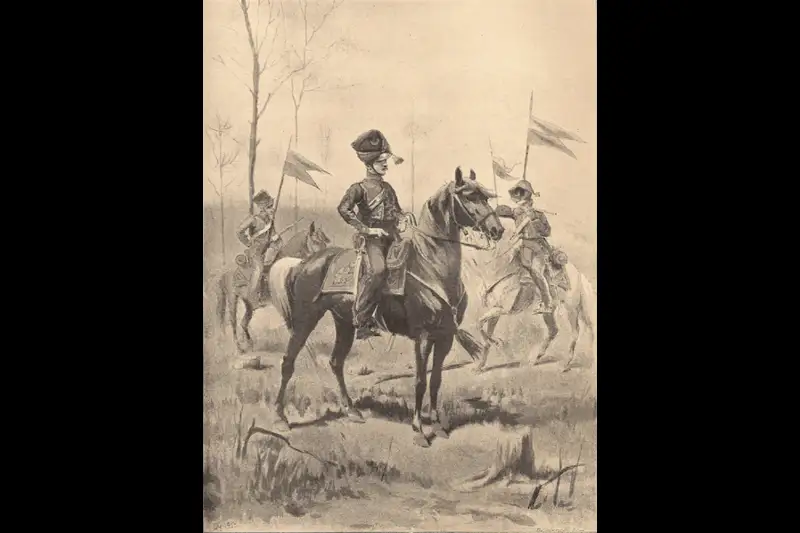
Napoleon’s Tatar warrior. What is interesting is that French people did not forget that the Tatar warriors fought together with the French army. A plenty of books was published about the Tatar units in the French Army.
«I can provide interesting data on the Tatar cavalry units: until the 17th century, these military units were divided into clan-tribal divisions. It means that the Turks, who later were called «Tatars» in the history of Poland and Lithuania, were a small part of the tribes now living in Kazakhstan. These were Uysuns, Naimans, Jalayirs, Konrats, Argyns, who settled in the territory of the Grand Duchy of Lithuania at one time. These tribes in Poland, from the beginning of the 18th century lost their clan structures and became known as the Polish-Lithuanian Tatars,» the professor says.
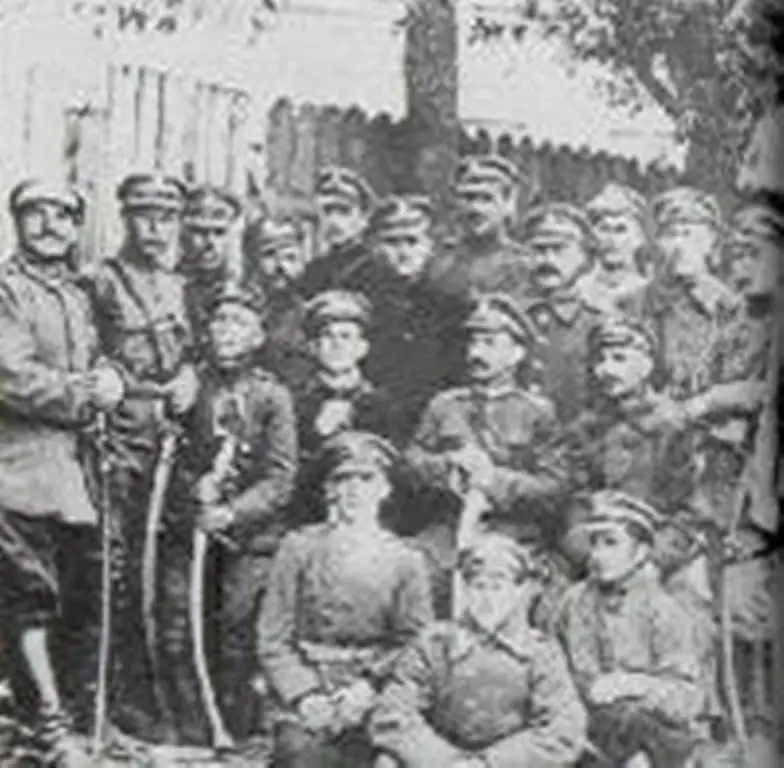

The last Tatar squadron in the Polish army. In 1939, the World War II began. German military units invaded Poland and the squadron of Tatar uhlans left for the war.
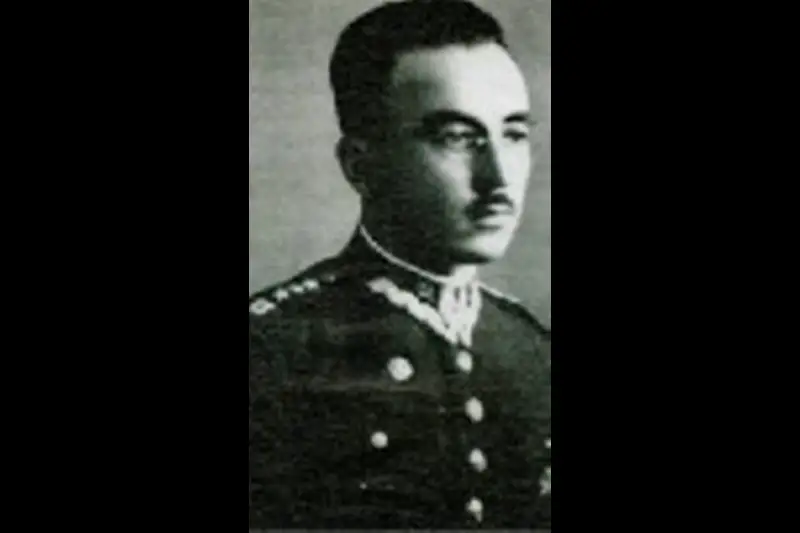
The last commander of the Tatar unit in Polish army, Major of the Polish cavalry Aexander Elyashevich. The picture was taken in 1939. Under his command, the squadron joined the battle against German army on September 1, 1939. Elyashevich was taken prisoner. After the war he lived in Gdansk, in the north of Poland.

Team of the 1st squadron of the 13th Vilnius Uhlan (Tatar) Regiment
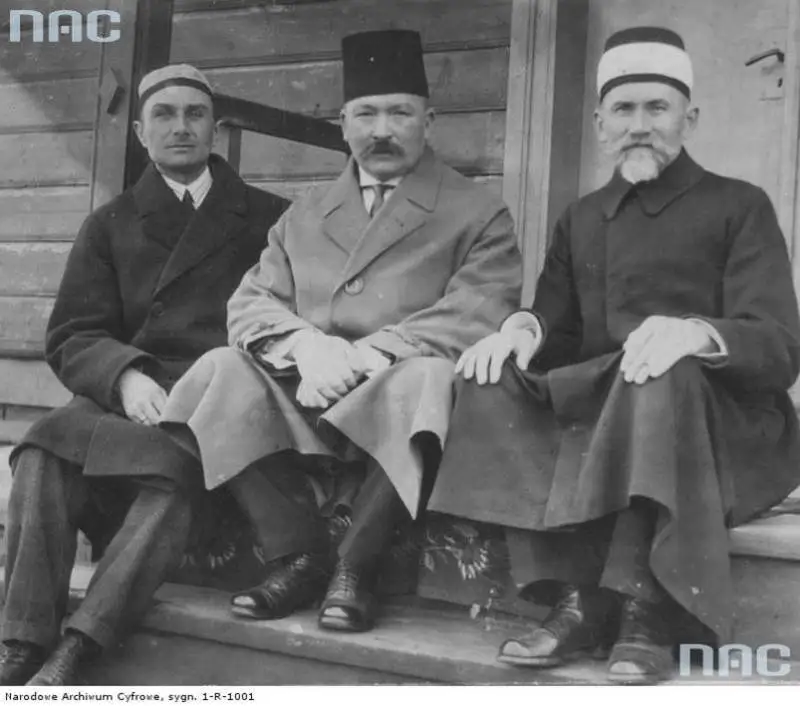
The picture depicts the representatives of clerics of Polish Tatars of pre-war times. In the center are Mufti Jakub Szynkiewicz (1884-1966) and his deputy, Imam of Vilnius.
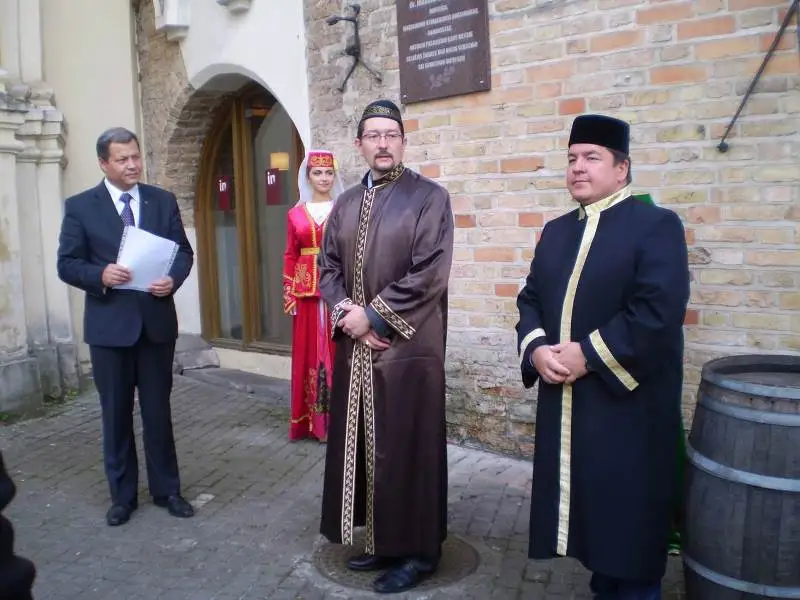
The opening of a memorial plate of the Mufti of Lithuania and Poland Jakub Szynkiewicz in Vilnius. September 5, 2014. The muftiat of the Polish-Lithuanian Tatars was located namely here.

Monument to Tatar cavalier in Gdansk. Ex-President of Poland Bronislaw Komorowski participated in the inauguration ceremony.
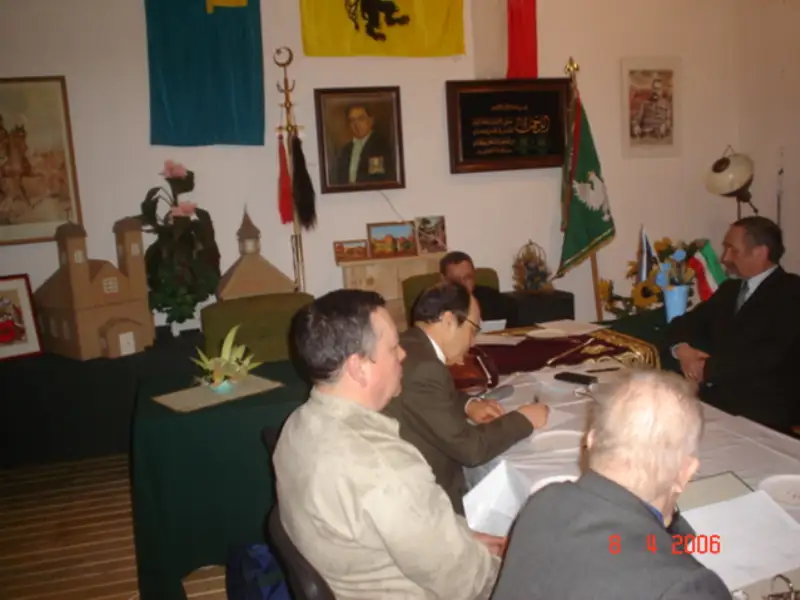
Meeting of the Union of Polish Tatars in Gdansk.
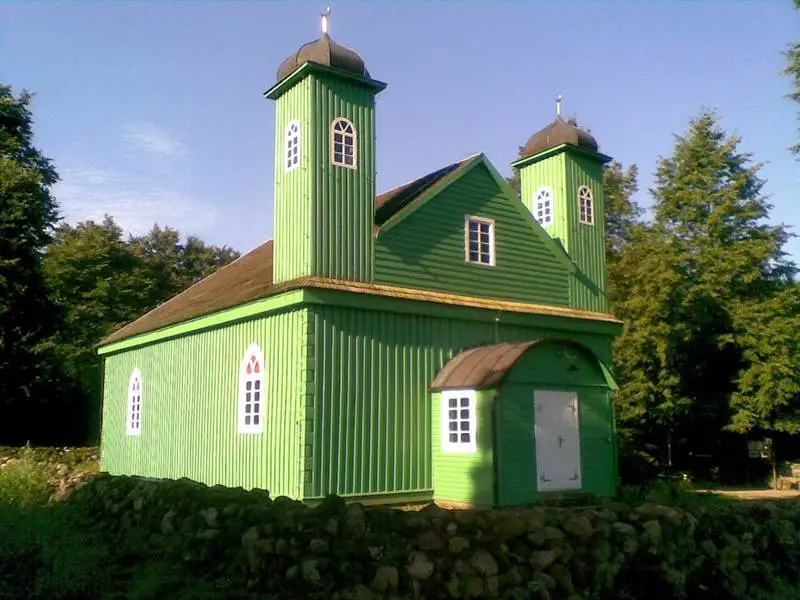
Mosque in Kruszyniany village in Poland
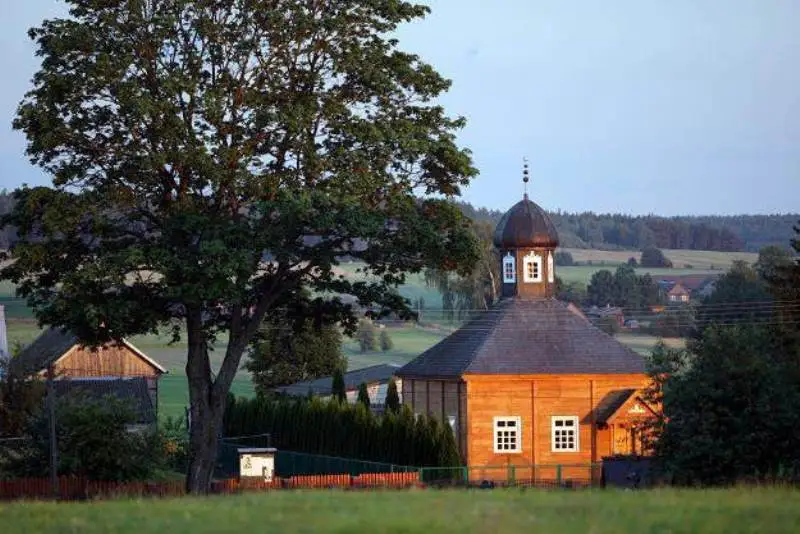
Mosque in Gdansk in Poland